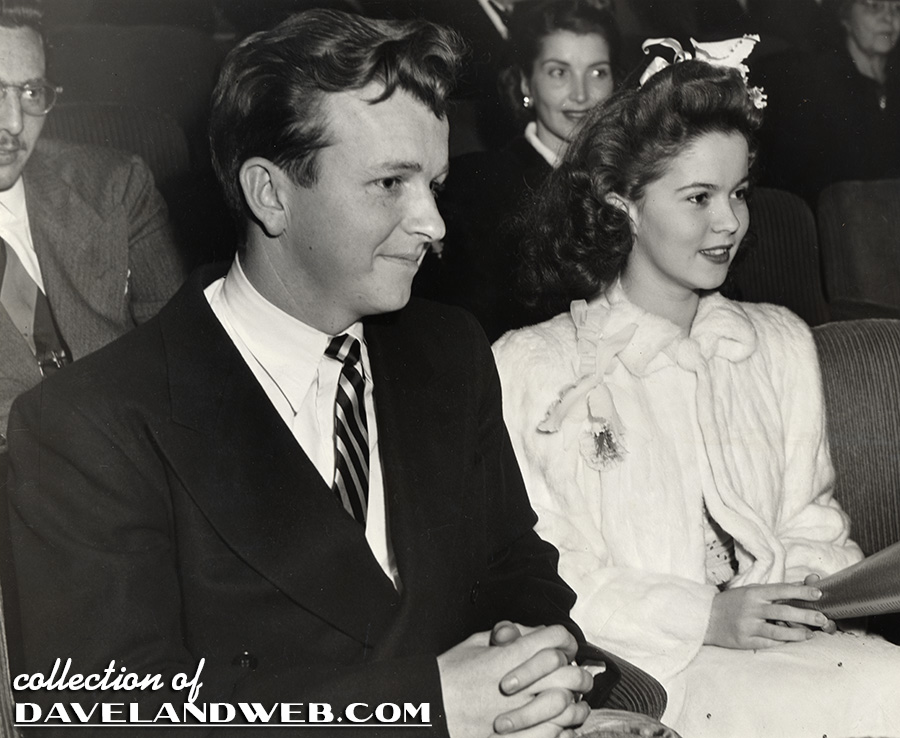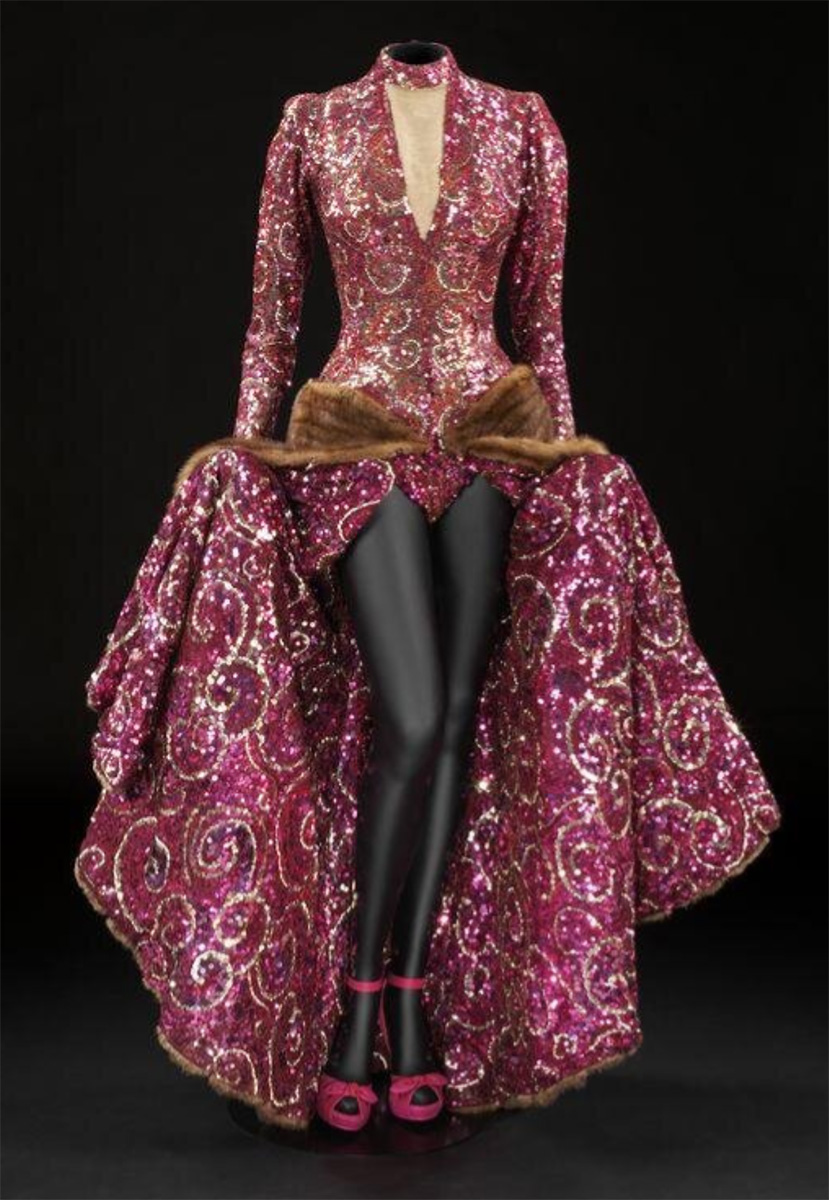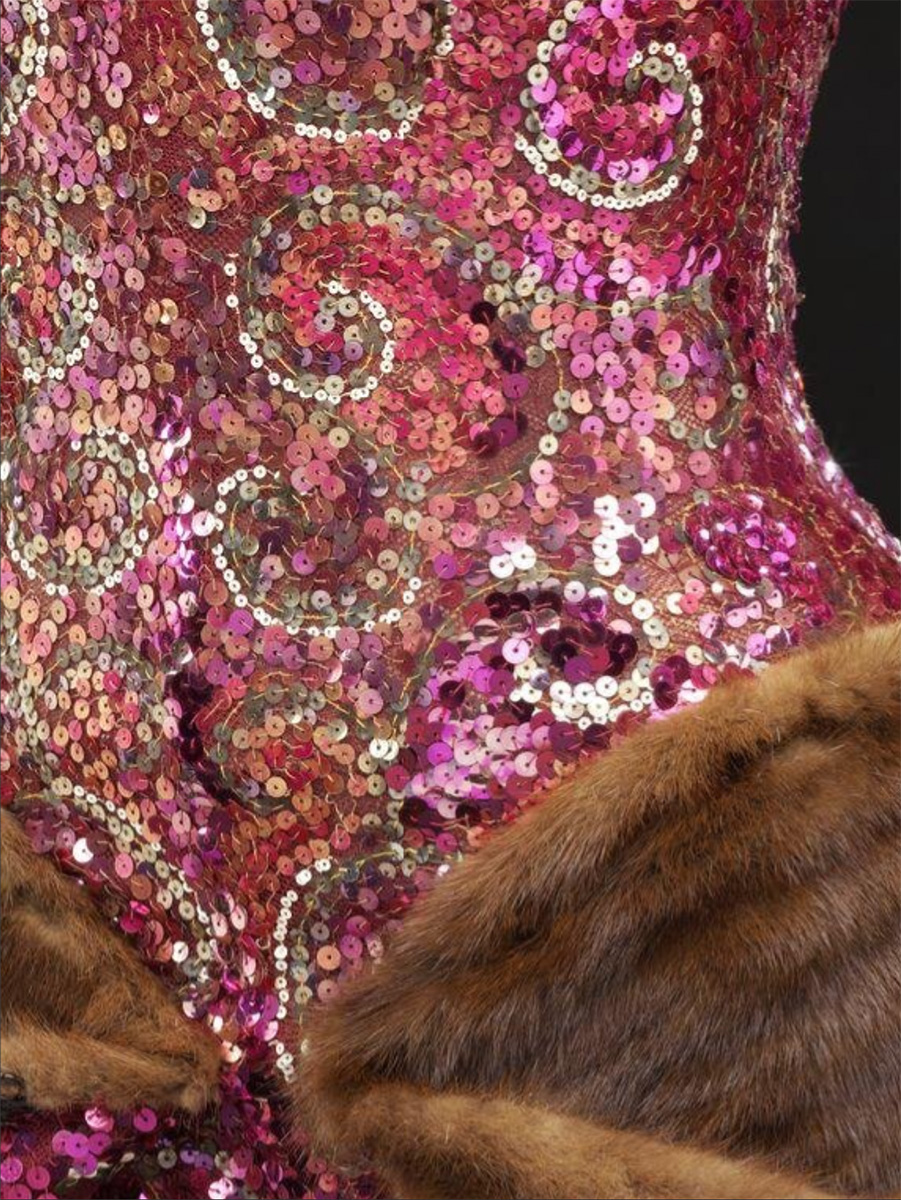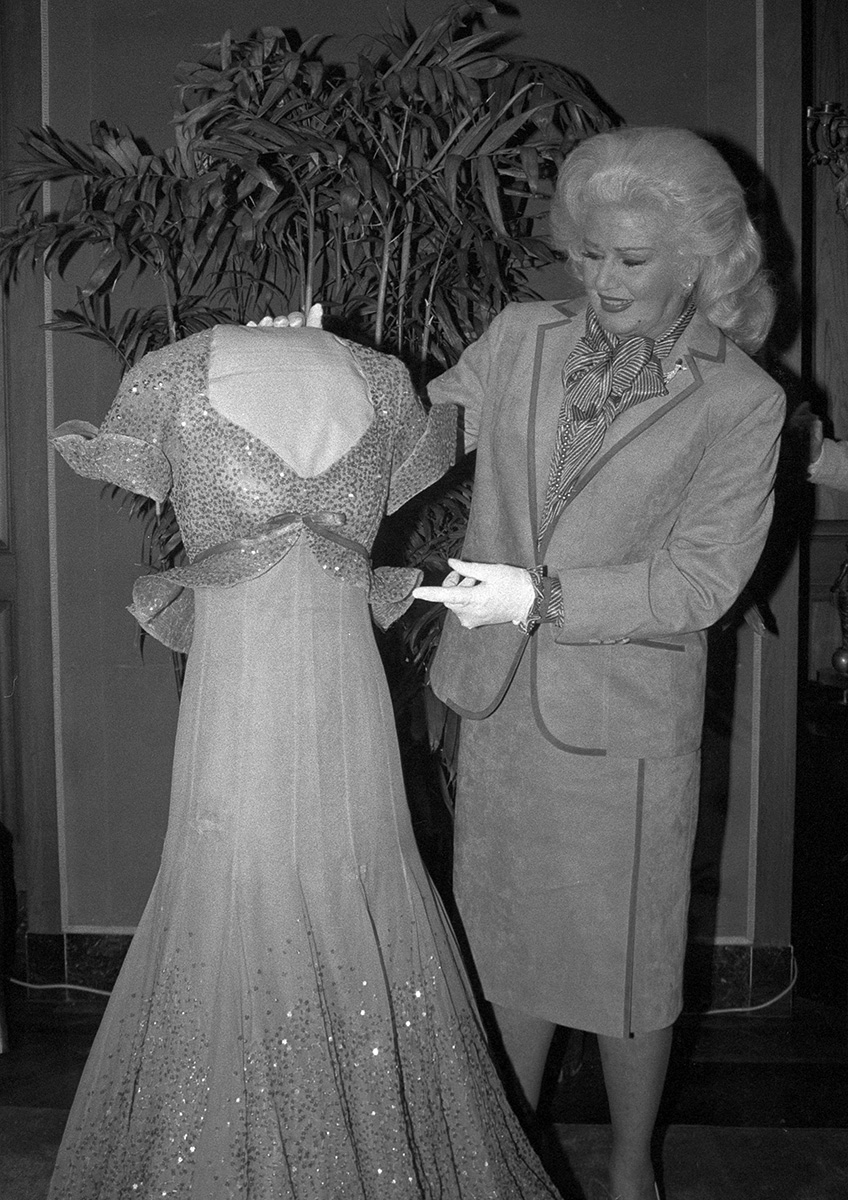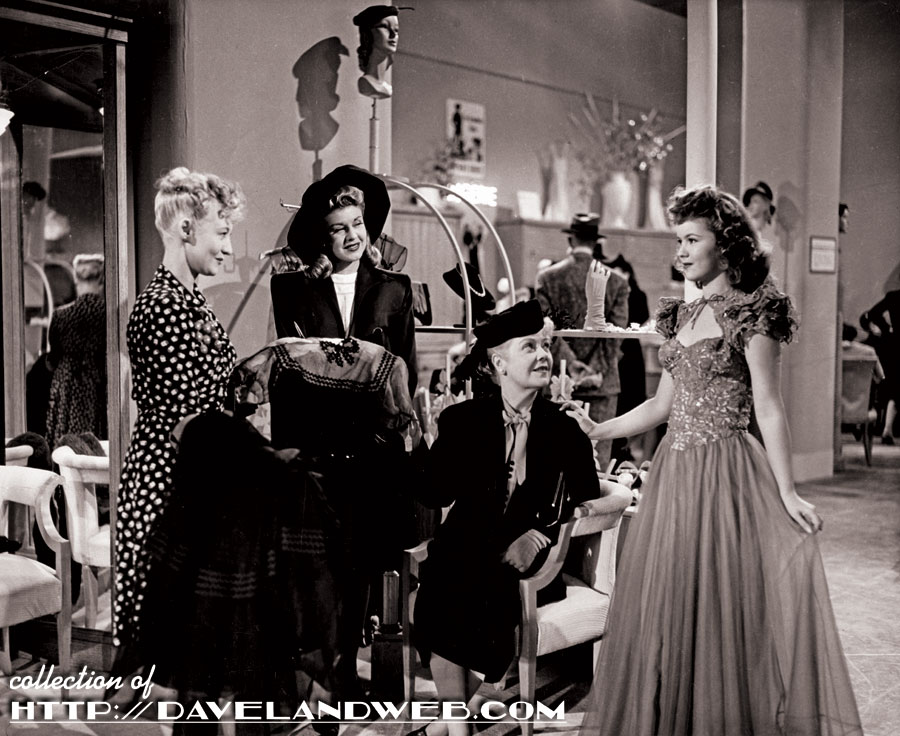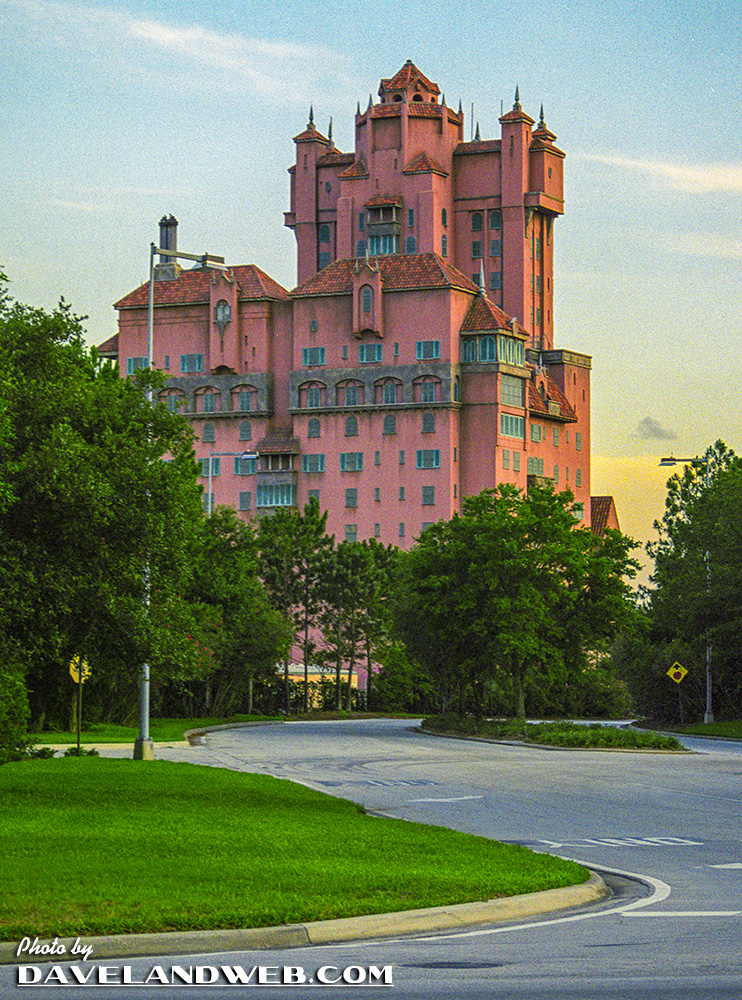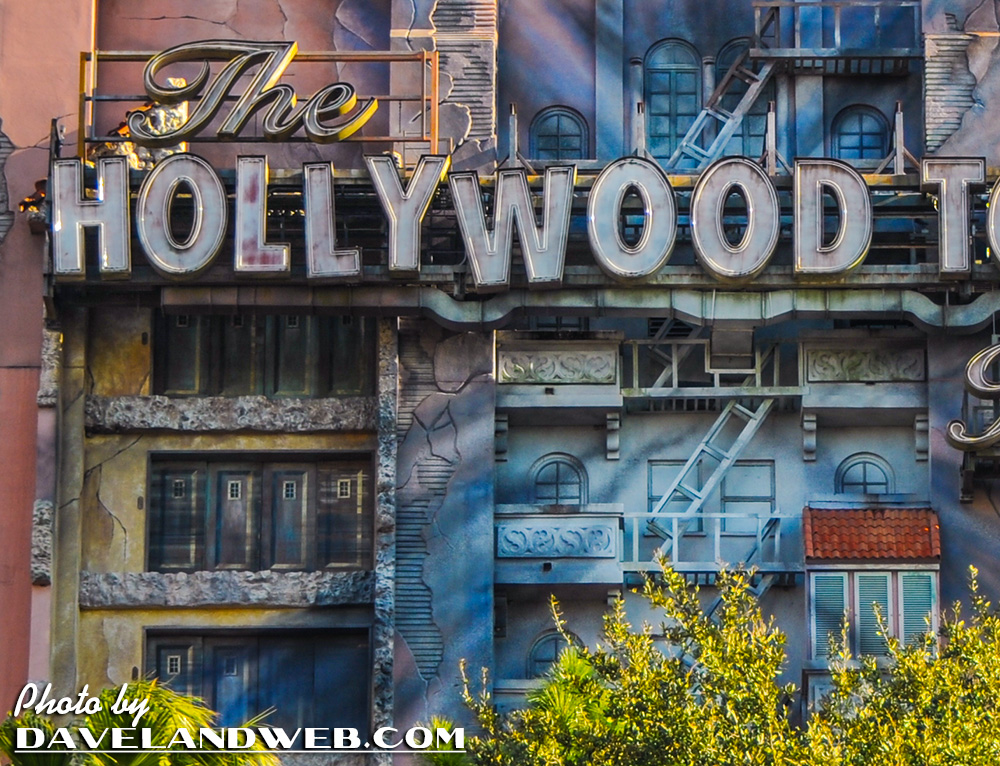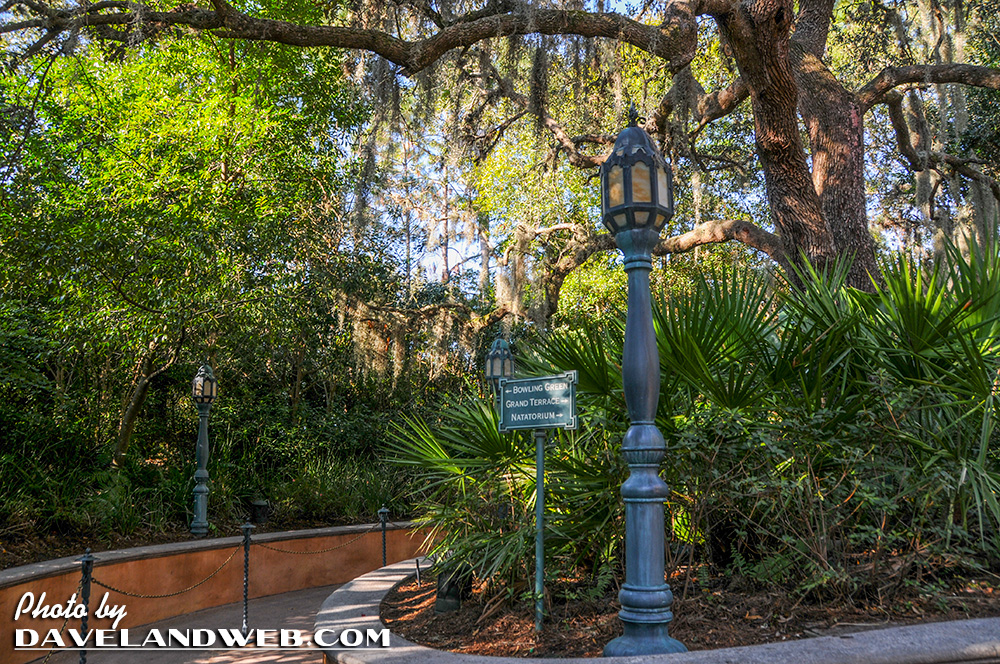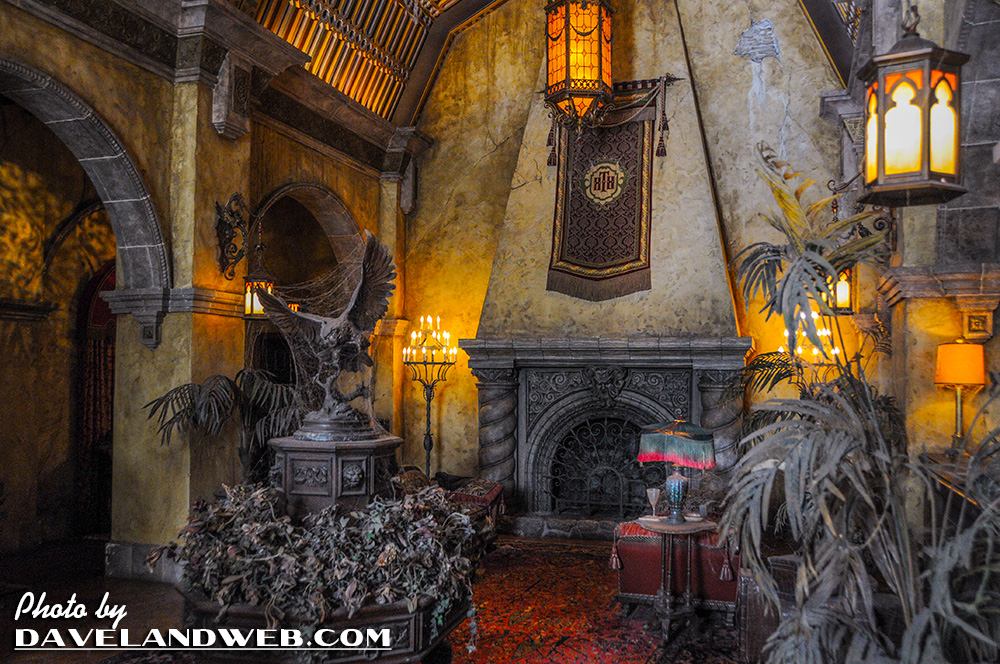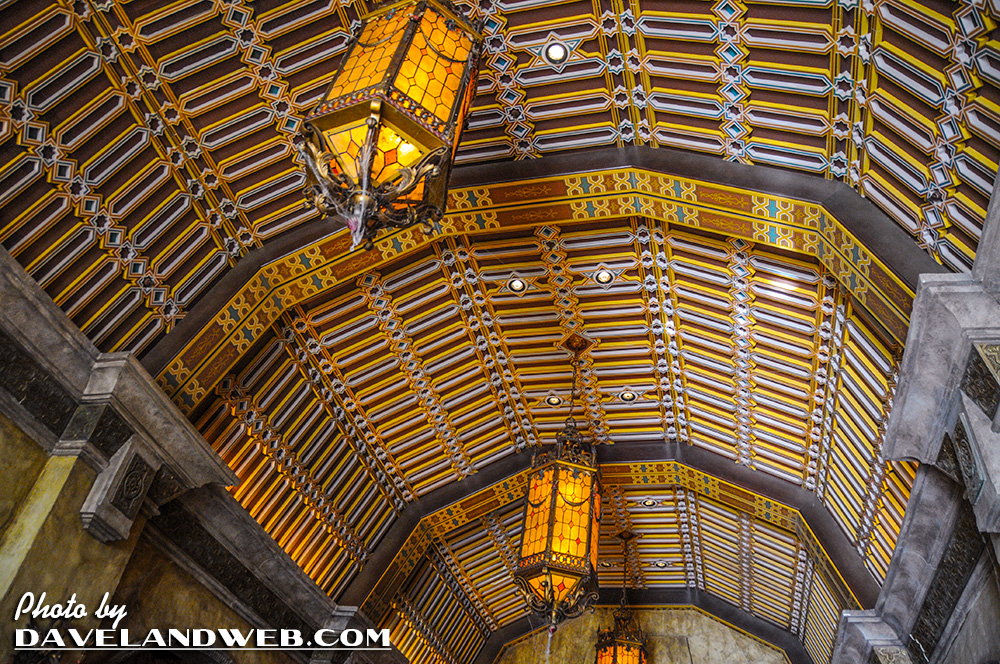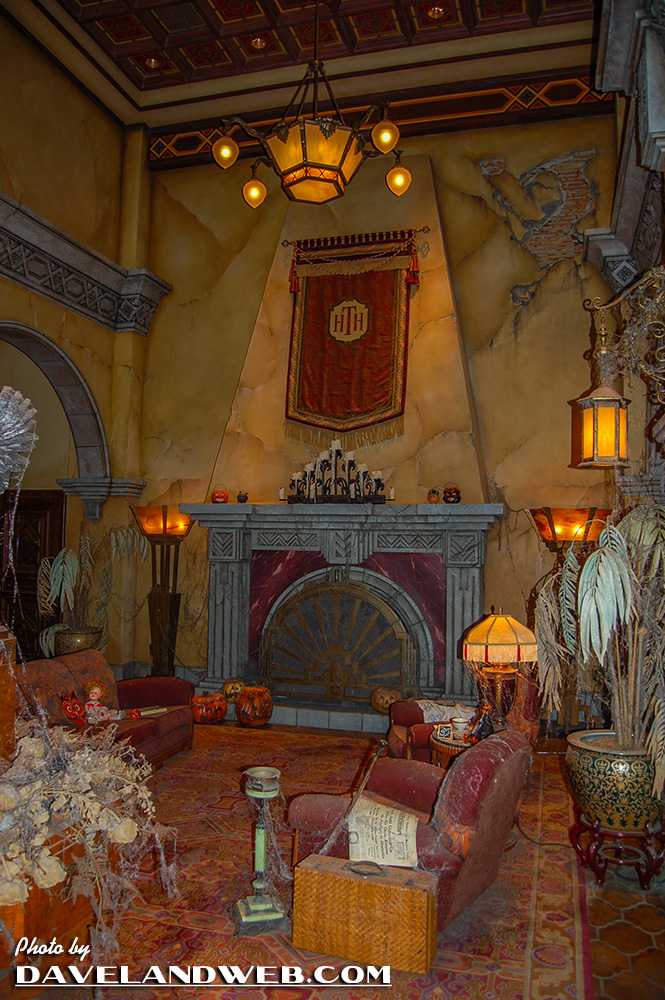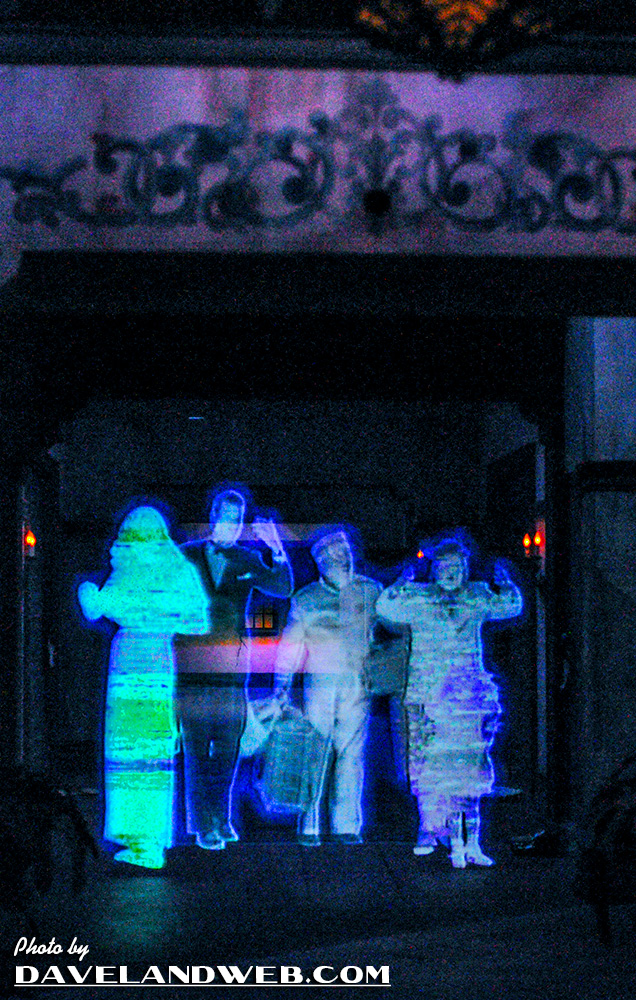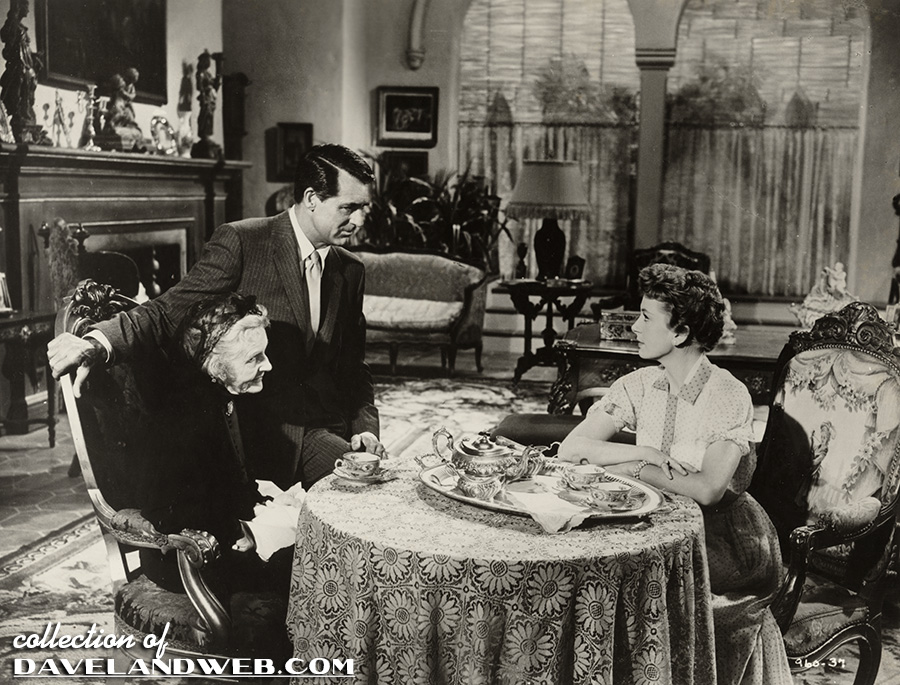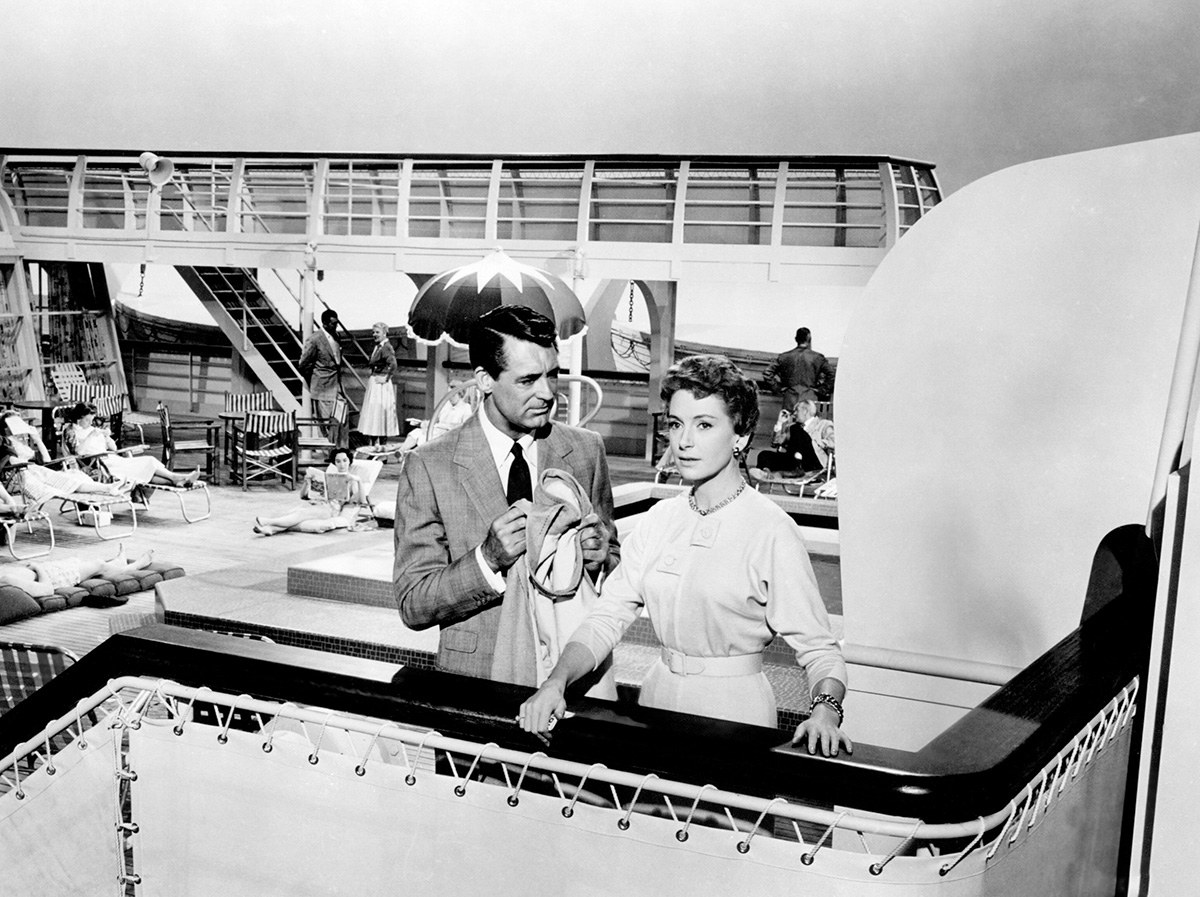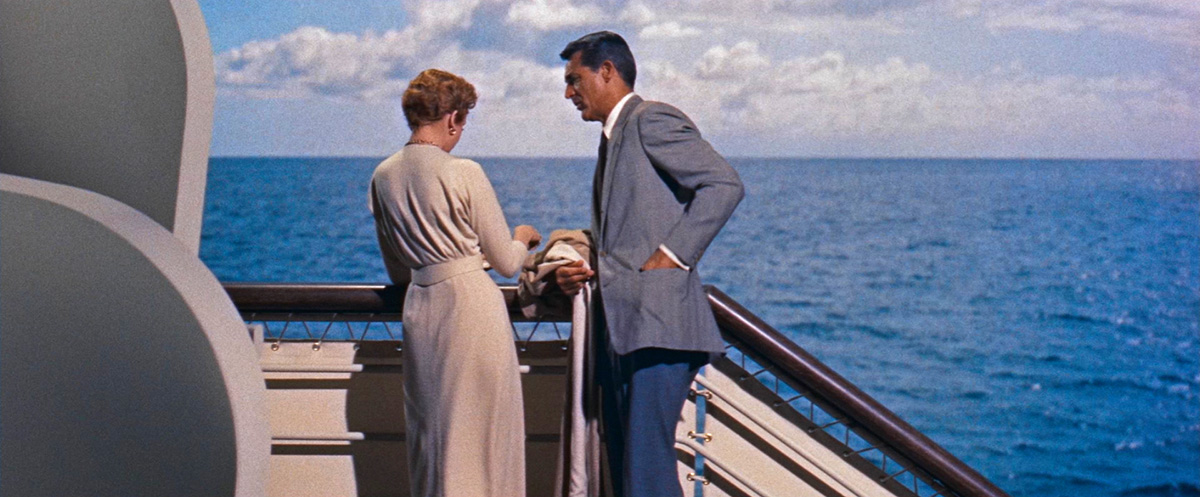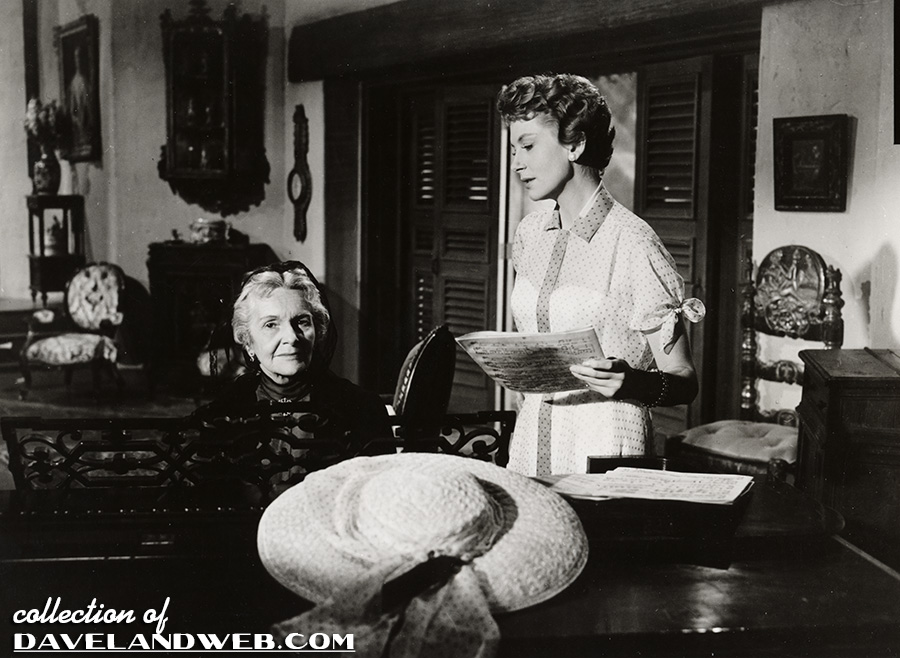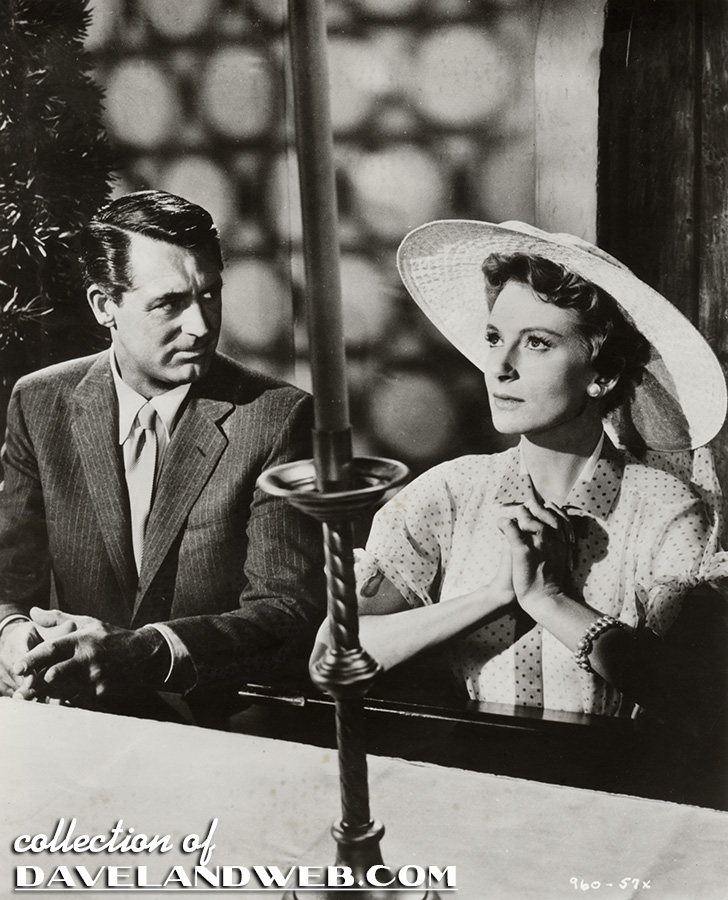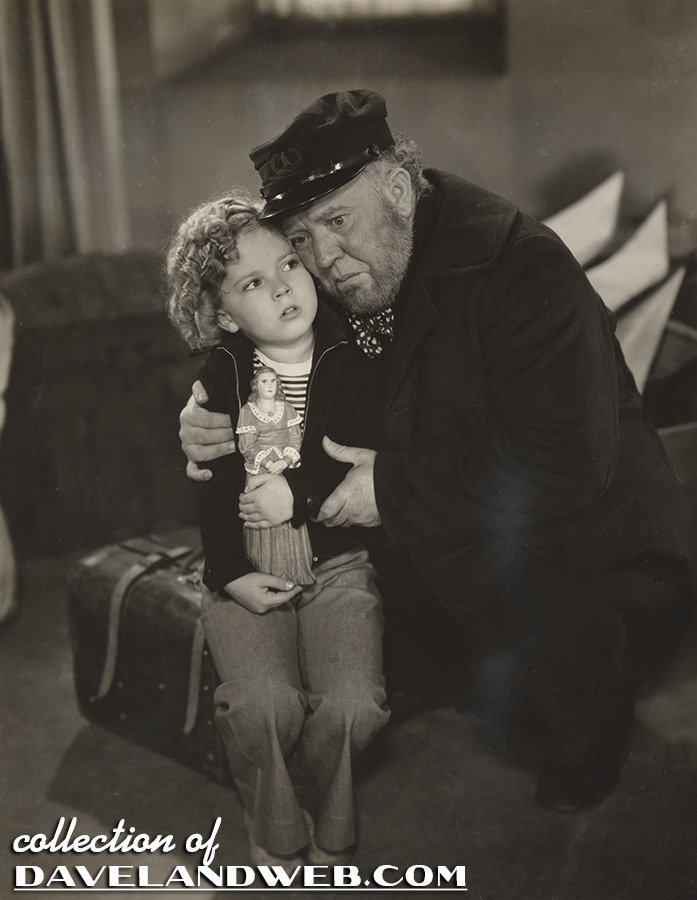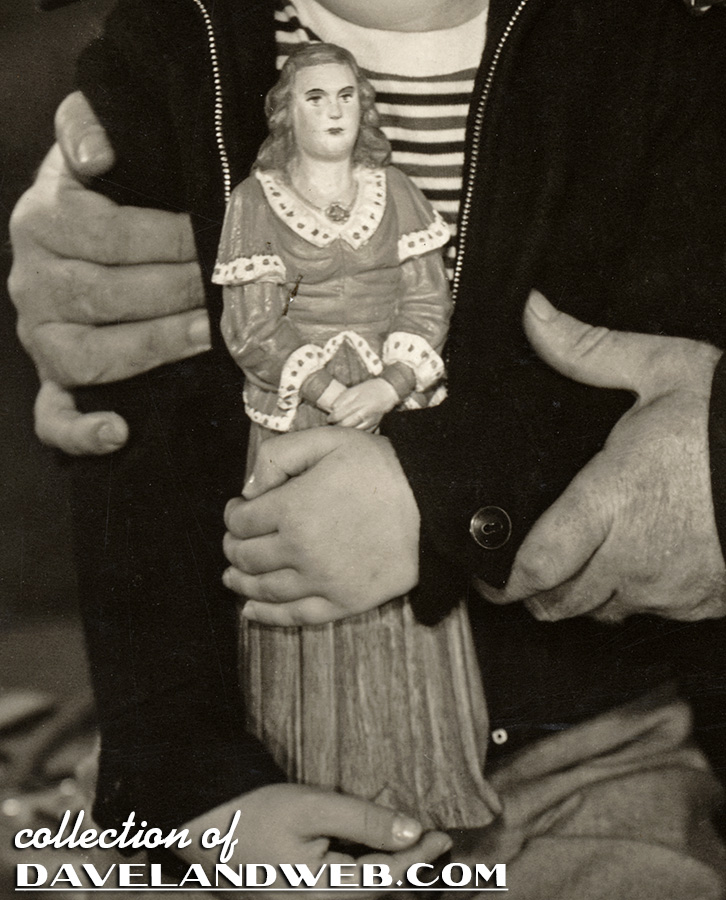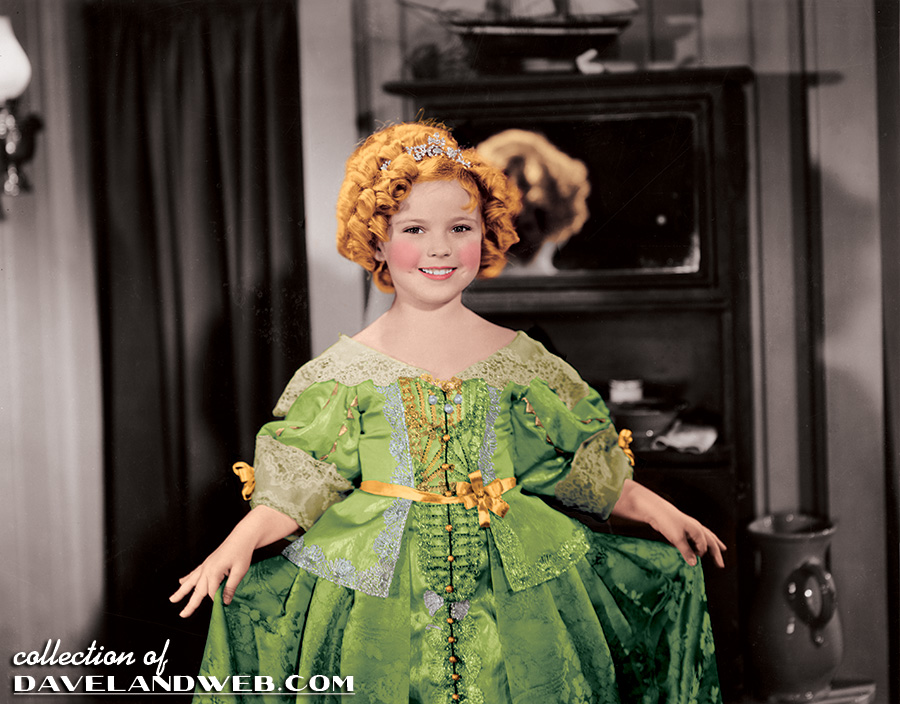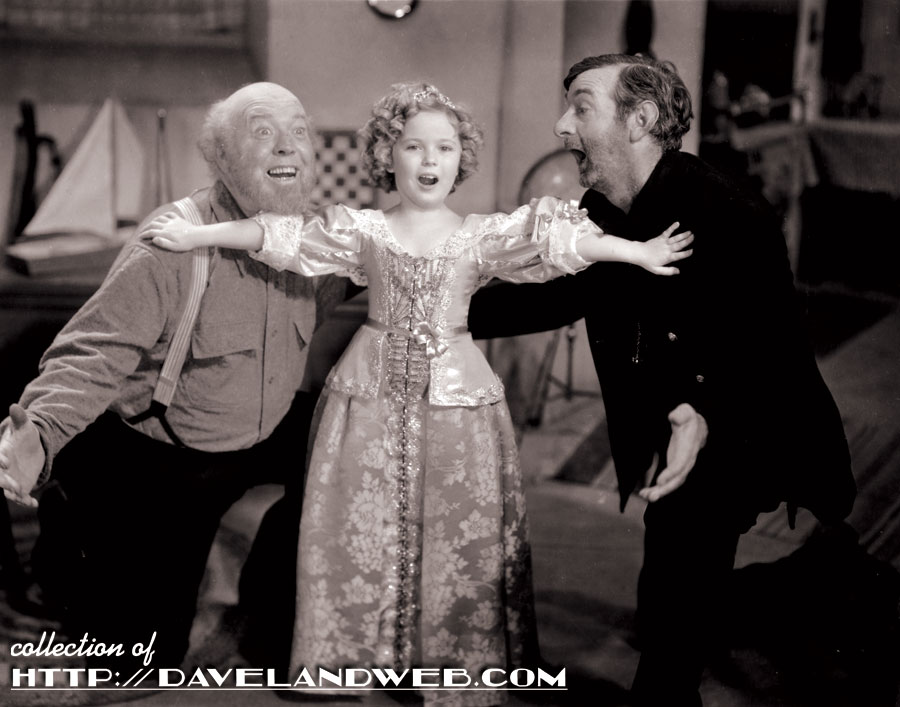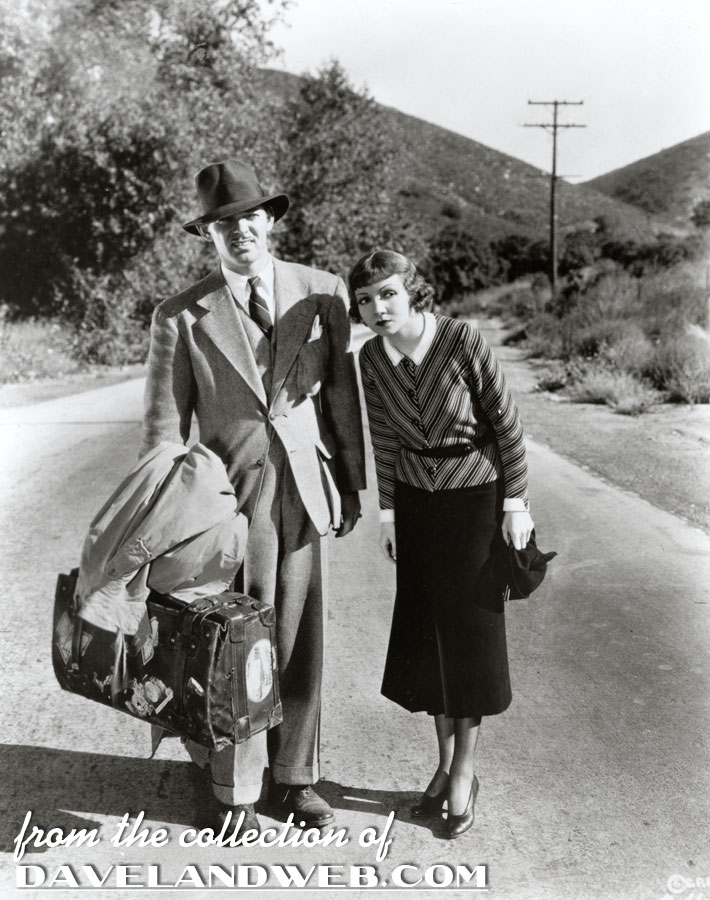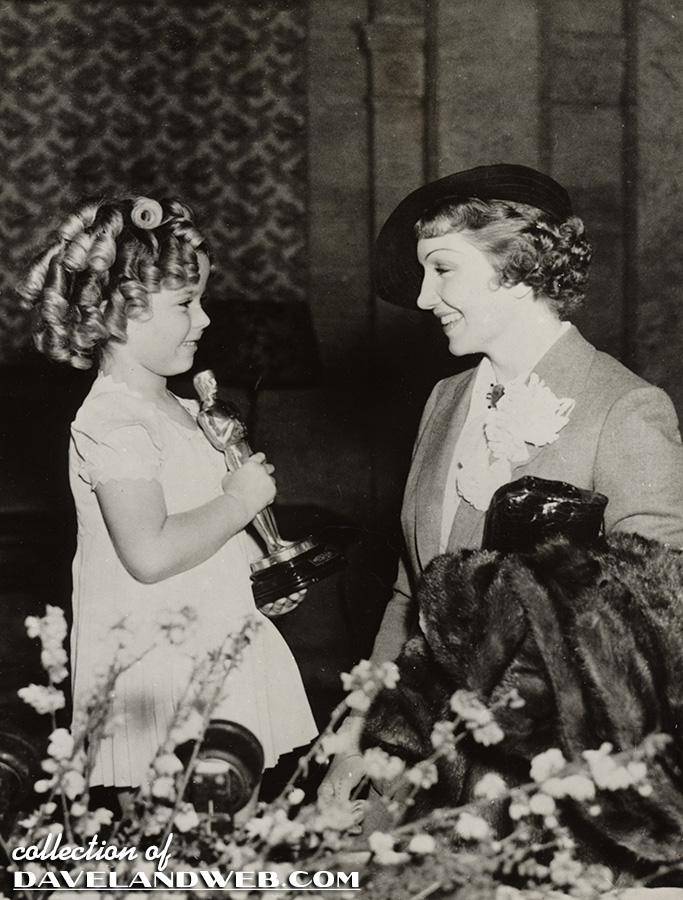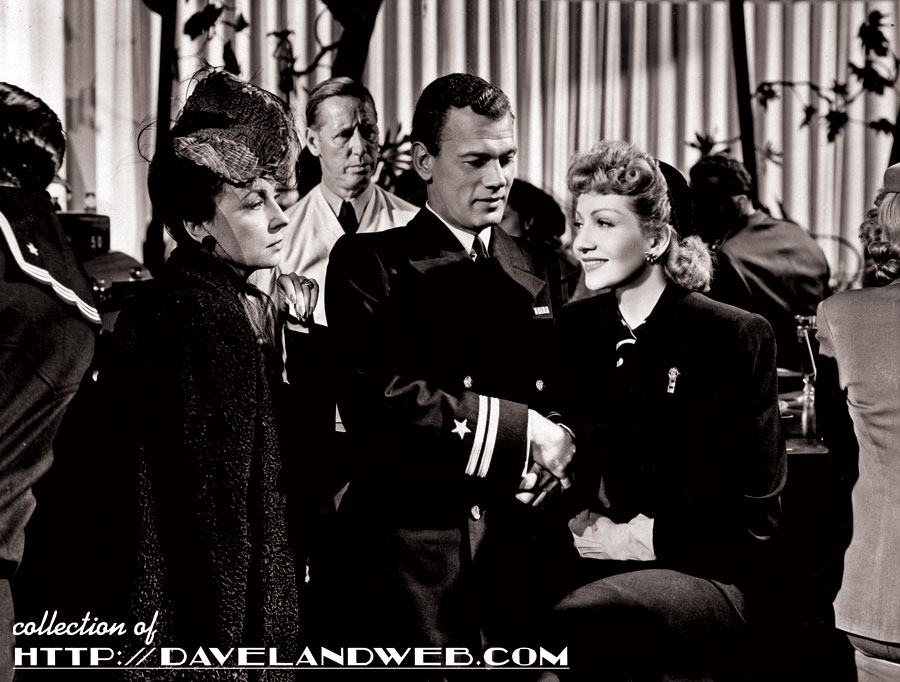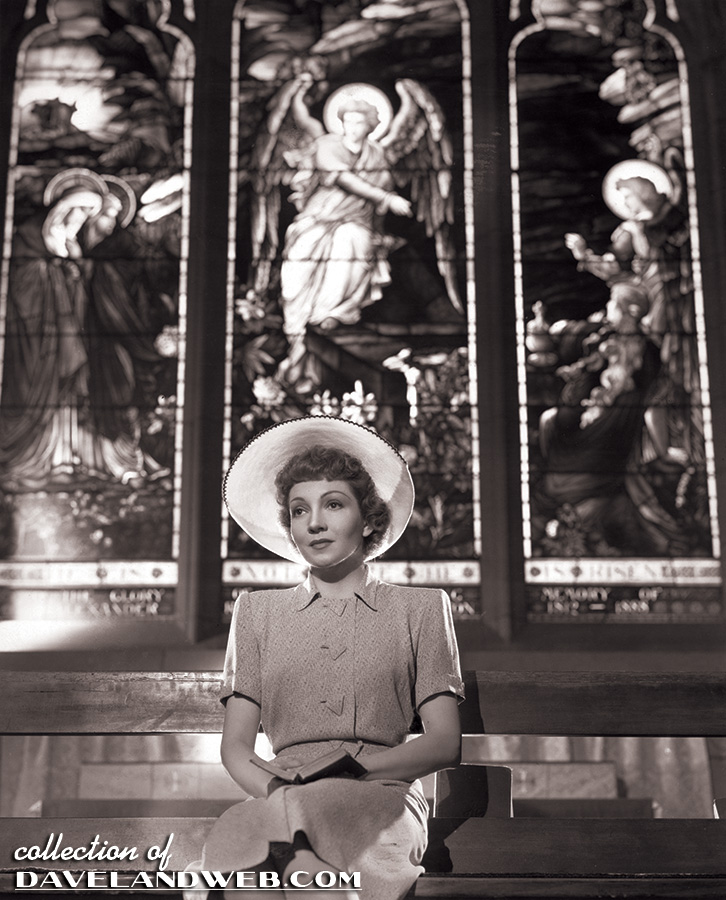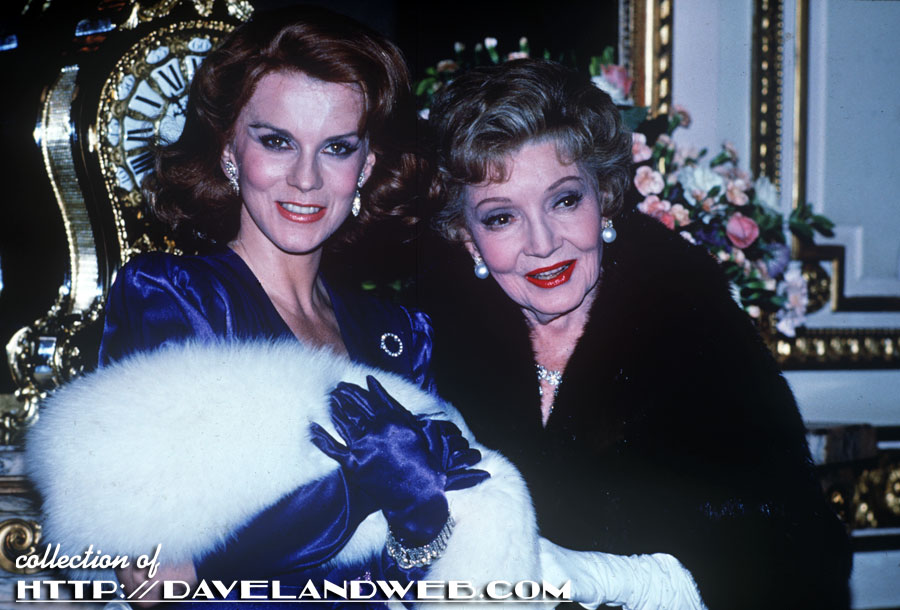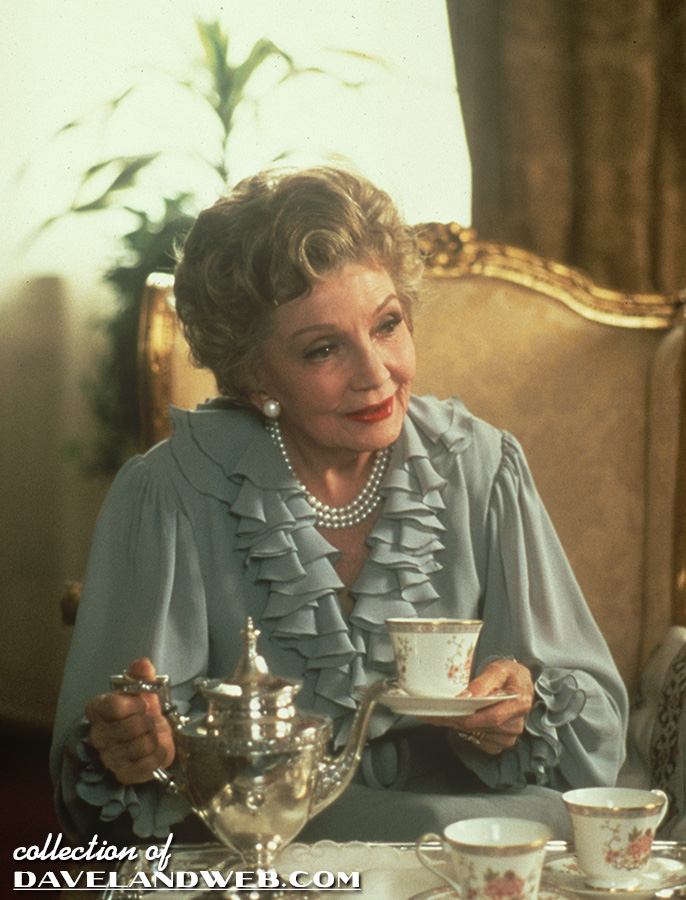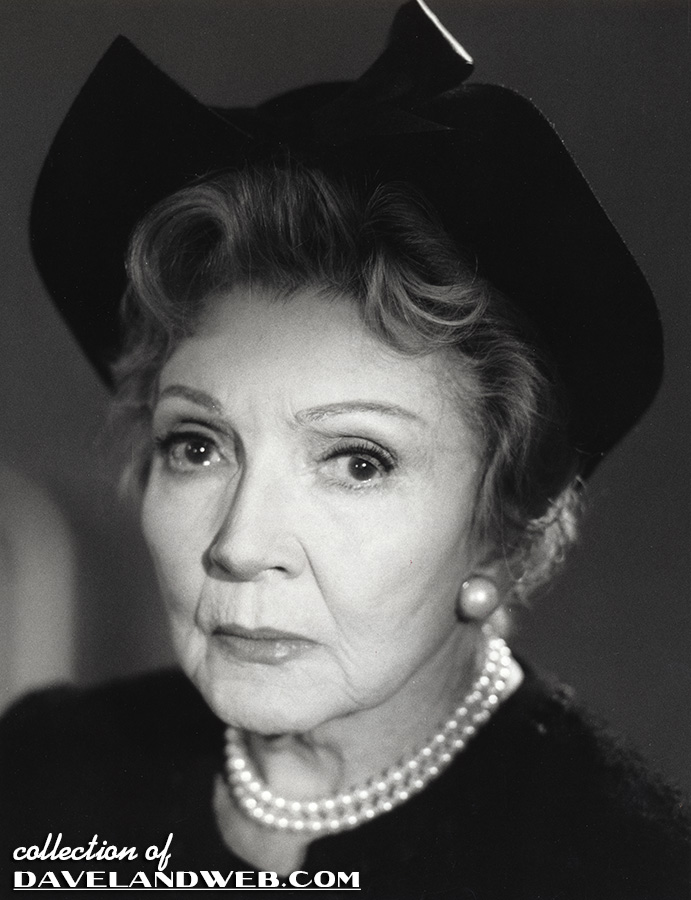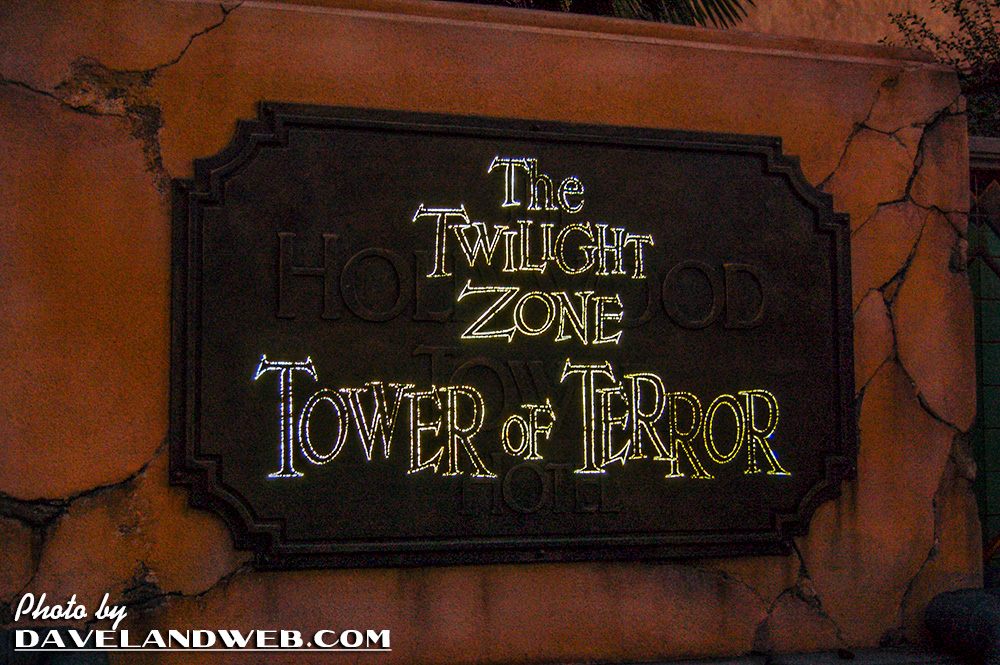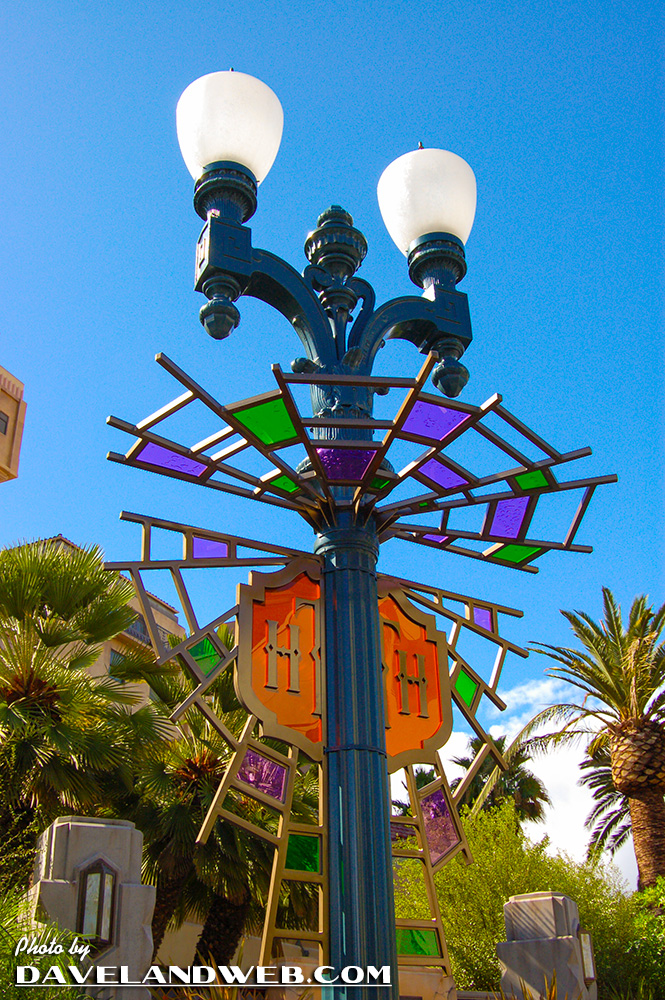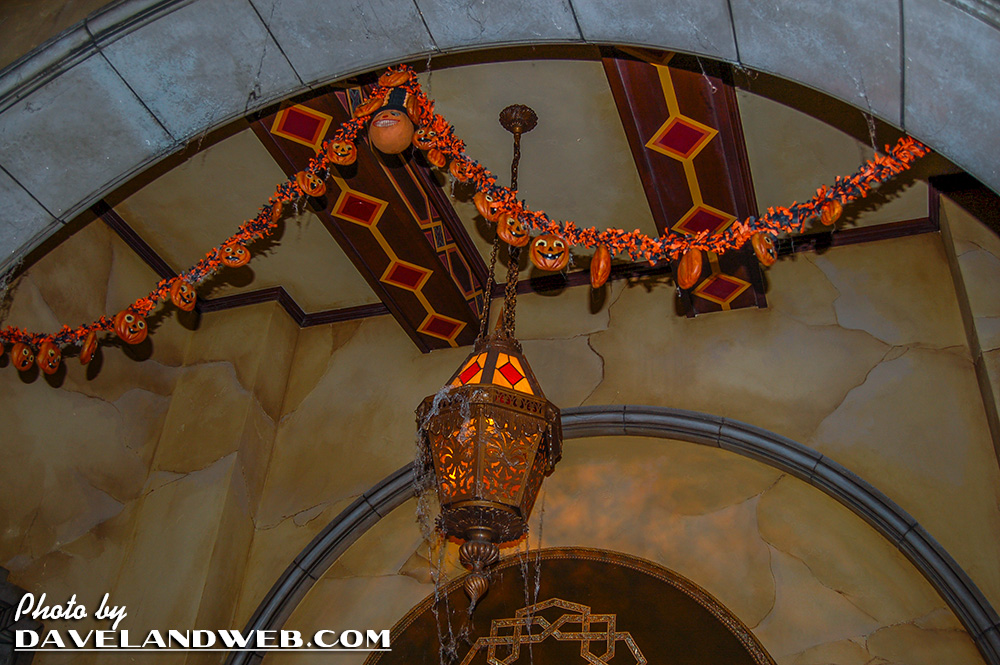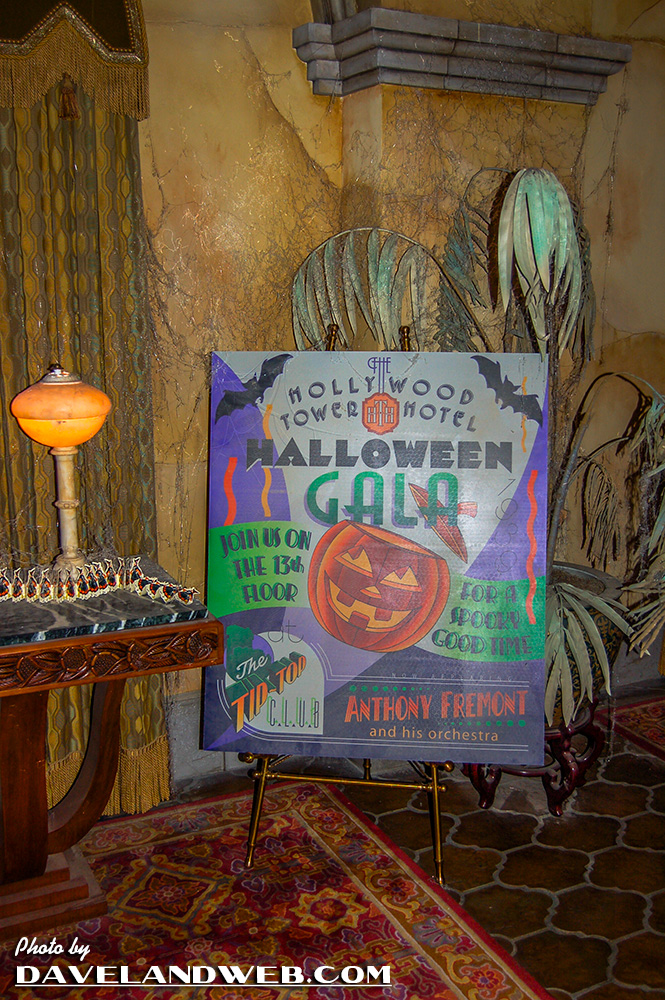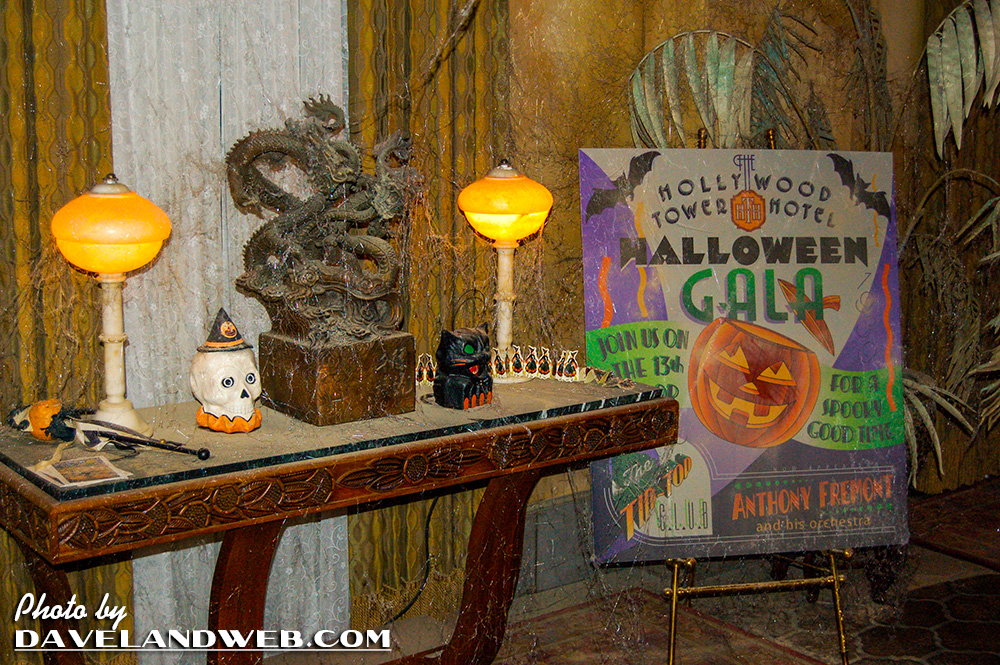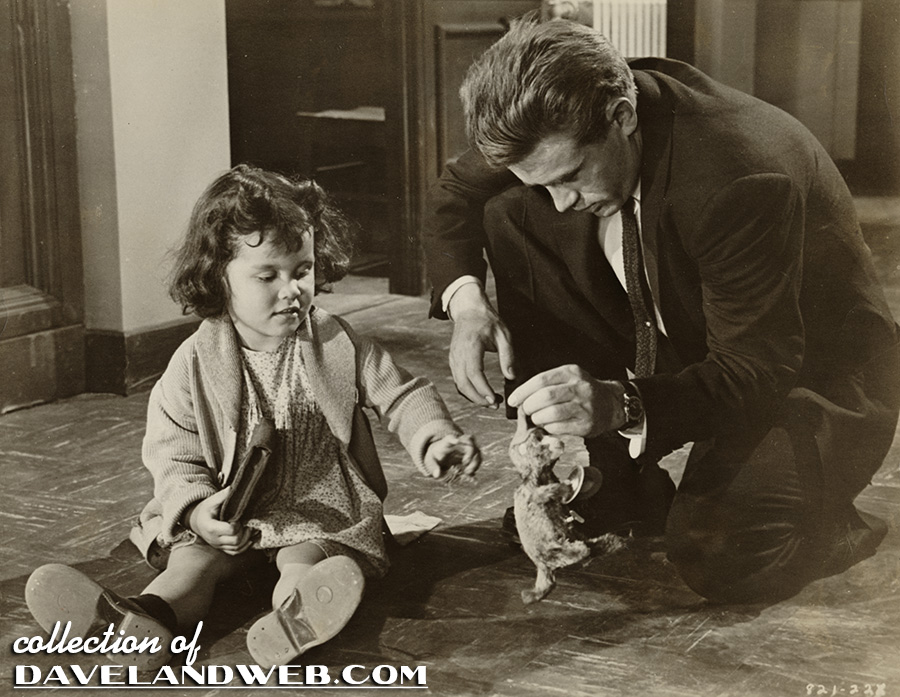
It was sixty-eight years ago today that actor James Dean was tragically killed in a freak auto accident at the tender age of twenty-four. The above shot is from “Rebel Without a Cause” (1955) and shows a deleted sequence of Dean, a young girl, and a toy monkey. The film opens with Jim Stark (Dean) lying in the road; he has stumbled upon a windup toy monkey and is fascinated by it. He protectively wraps the monkey with newspaper to keep it from getting cold. Seen behind the opening credits of the film, it speaks to his character and foreshadows his key motivation. He desperately seeks safety and protection for himself, but is unable to find it through friendships or his dysfunctional family. Instead, he does his best to create his own family unit with Judy (Natalie Wood) and Plato (Sal Mineo) by becoming what he wishes his father could be.
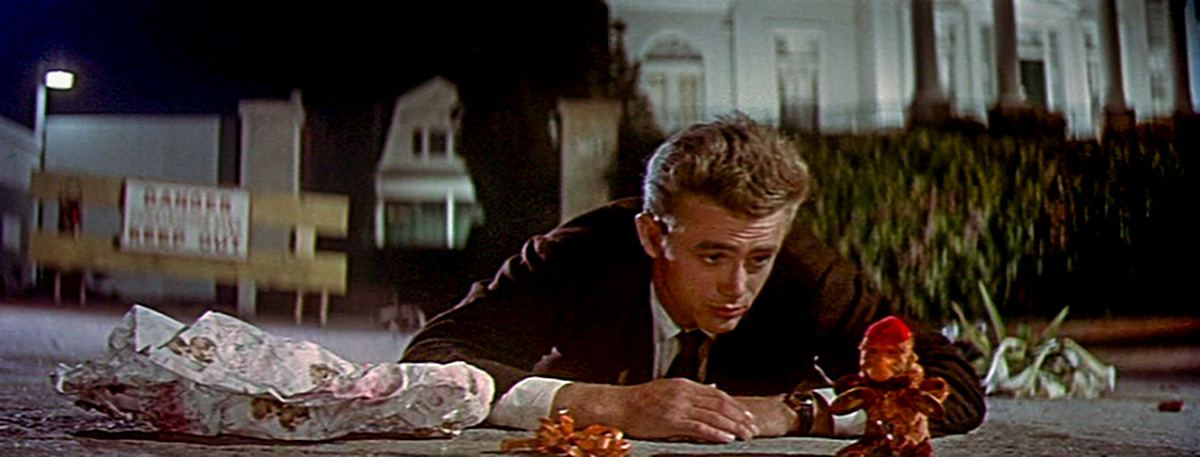
The house seen behind him still exists just off Hollywood Boulevard:

Cropping the contemporary photo approximates what we saw in 1955:

The monkey itself was not seen in the finished film after the opening scene; most likely Jim Stark gave the toy to the child once he arrived at the police station. The bit was probably touching, but not necessary for the story and was thus deleted.
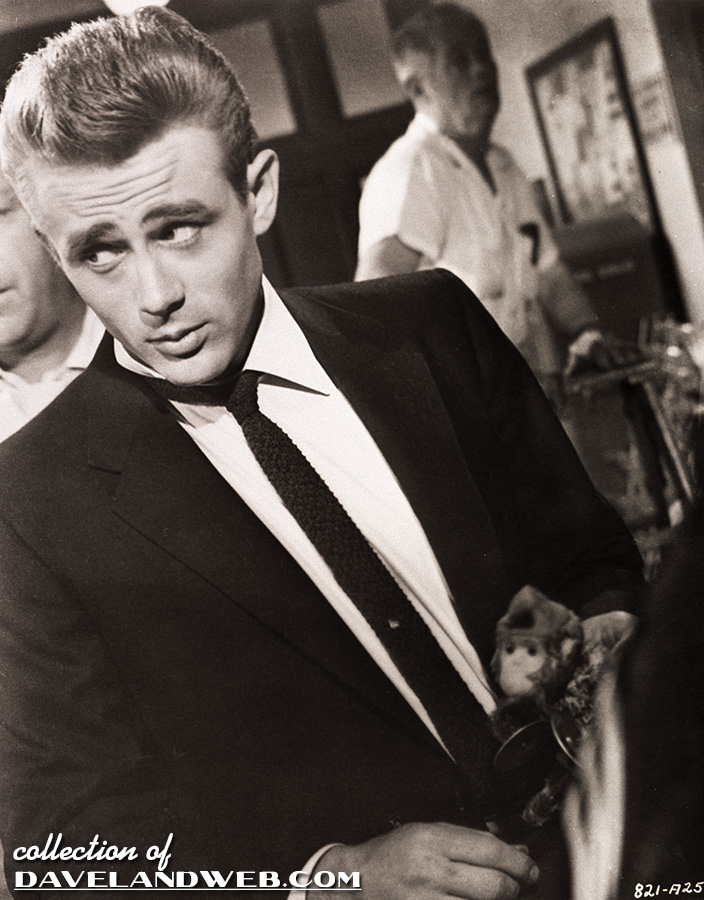
The monkey came up for auction in 2018 and 2022. From the 2022 Heritage Auctions catalog description:
James Dean "Jim Stark" Toy Monkey from Rebel Without a Cause (Warner Bros., 1955). Vintage original mechanical cymbal-clapping monkey toy constructed of wind-up metal armature covered in faux fur with painted cloth face and red felt cap with silver star ornament. The toy's wind-up stem is present, but the key is missing. Wire armature at feet has breached the fur and protrudes. Metal cymbals are present.
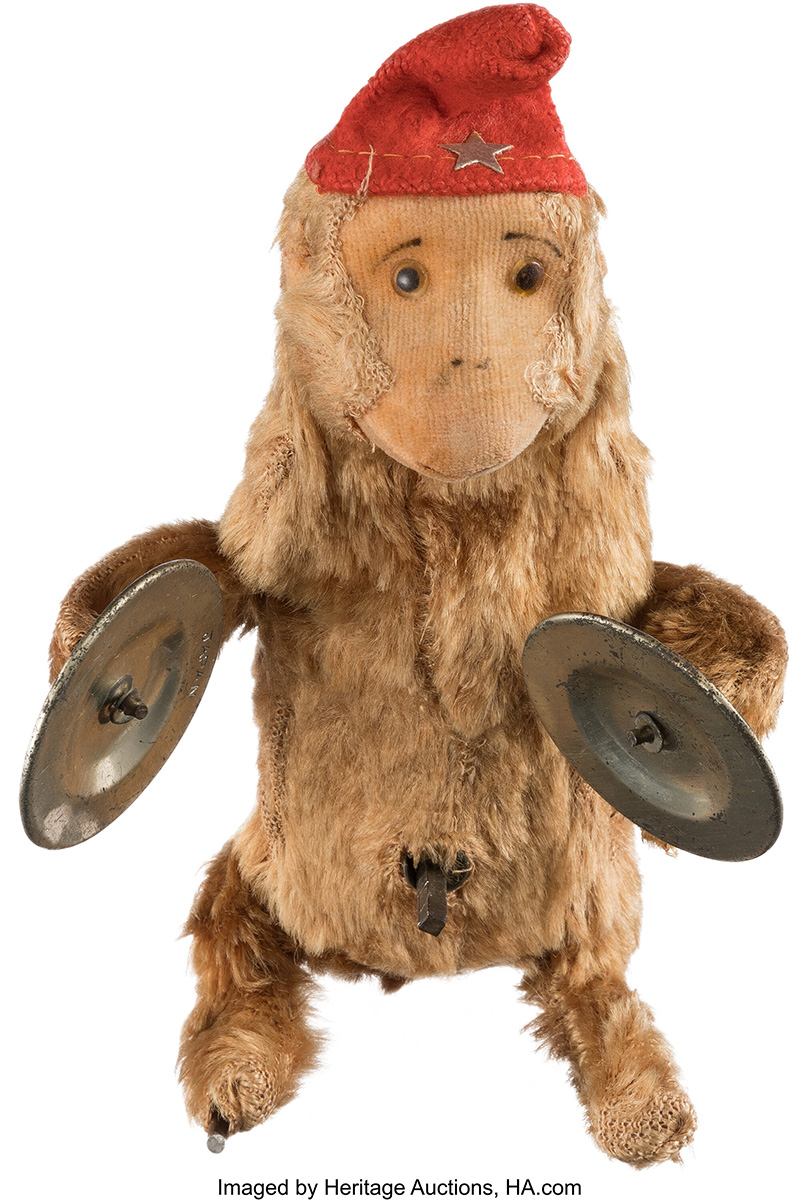
When we first meet the iconic James Dean as "Jim Stark" in this groundbreaking film, he's rolling around playing with this toy monkey amidst trash on a city sidewalk. The actual opening credits roll over this sequence. Mechanicals present but untested. In vintage Good condition. Provenance: Christie's East. Comes with a COA from Heritage Auctions.
It appears that the monkey went unsold both times. There are no details as to how it is known that this is the genuine article that Dean interacted with.
See more James Dean photos at my main website.

